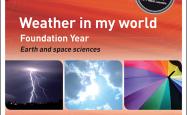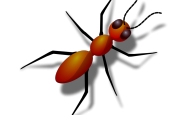This online teaching resource supports Foundation Year students learning about weather.


This online teaching resource supports Foundation Year students learning about weather.

This online resource is a source of science-related images.

This online resource looks at how to use scientific models effectively.

This unit of work explores water catchment, water distribution, and the uses of water.

This unit of work is an introduction to the concepts of light and sound.

This interactive dichotomous key looks at the classification of invertebrates.

A unit of work about the differences between day and night.
This online resource helps develop a teacher's overall pedagogy.

This video explains some different ways that people and animals can tell that it's going to rain.
This video would also support Year 2 students' understanding of the water cycle.
Eating in Science labs and Classrooms - We have received a few questions on this topic